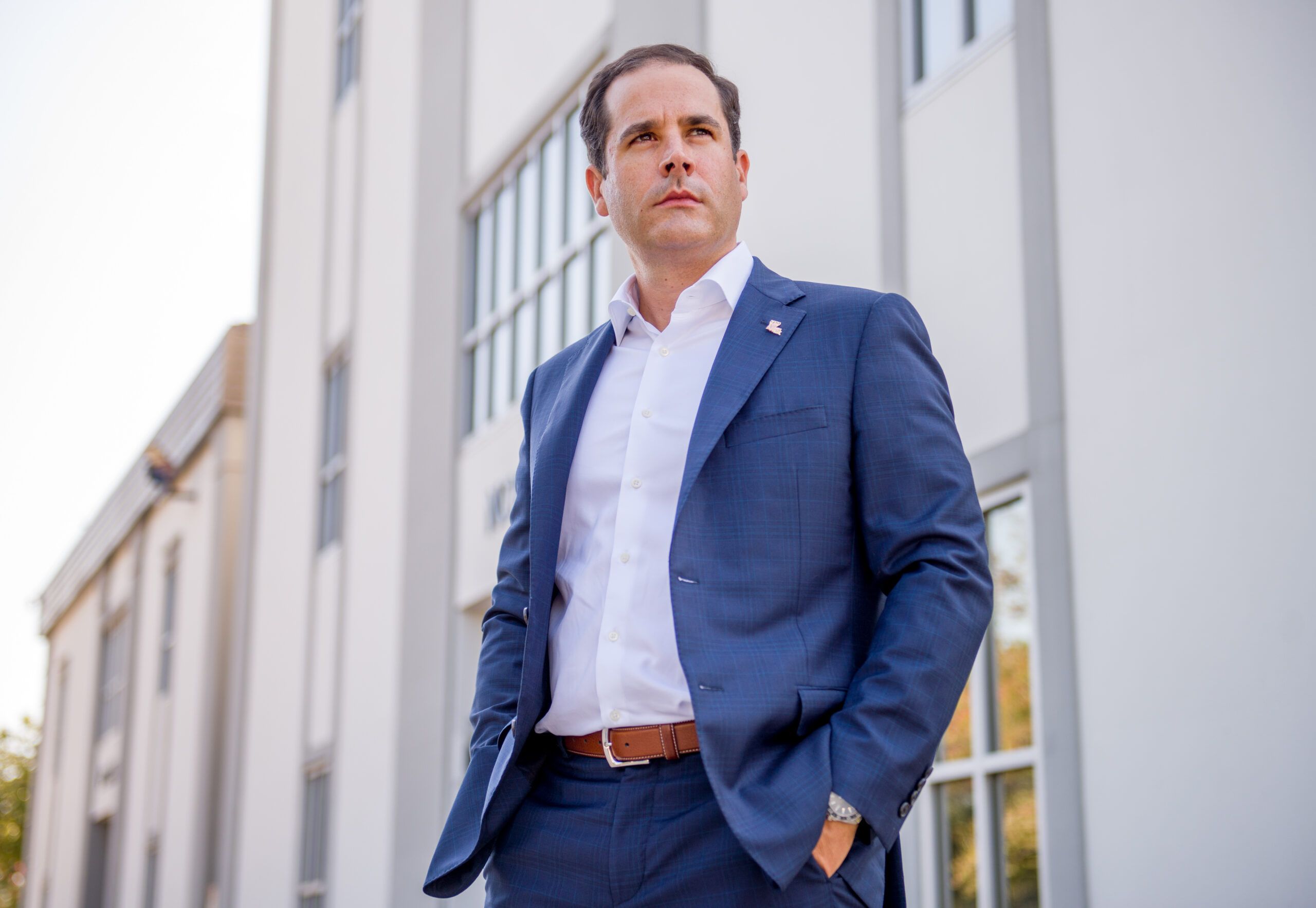An industrial contractor’s ability to maintain a healthy profit margin can be tenuous, at best, in an age of fluctuating material prices, rising wages and escalating interest rates.
Material prices continued to rise in the latest monthly data available at press time, increasing by 1.5% in August, according to the Bureau of Labor Statistics’ Producer Price Index. That continues a trend that shows no sign of stopping.
“Anyone who thought that excess inflation would simply go away later this year has been rudely awakened,” ABC chief economist Anirban Basu noted in a press release. “Price growth continues to be problematic. While energy prices will grab headlines, items like concrete and switchgear have also exhibited inflationary tendencies.”
Escalating interest rates are bringing their own challenges, particularly for contractors that depend heavily on loans to fund their projects. For many, the Federal Reserve’s aggressive rate hikes have led to organizational changes and an increased focus on cash management.
The rising interest rates pose a specific threat to a contractor’s profitability, since their performance is profoundly affected by the management of cash flow.
No matter the business environment, though, laying the groundwork for a profitable project begins during contract negotiations, says Jay Montalbano, managing partner of accounting and consulting firm Hannis T. Bourgeois in Baton Rouge. One thing is for certain: Given the wildly fluctuating material prices of the last couple of years, contractors should ensure that their contracts don’t lock in prices for more than 90 days.
Fortunately, “contractors have a bit of an edge right now,” Montalbano says, because of the current construction boom and ongoing labor shortages. “They’re in a better position to negotiate. In one instance, a plant owner went to the contractor and asked what it would take to keep their people on site. They’re recognizing that they need to pay more.”
Owners are also negotiating over increased benefits, such as insurance and time off, particularly with those “nested” industrial contractors who have had a presence in the plant for years.

INTEREST RATES AND CASH FLOW
Managing cash flow is another critical piece of the profitability puzzle, but it can be a tricky proposition in today’s high interest rate environment. That’s because many contractors need credit to finance working capital.
It was a different scenario just two years ago. “You almost didn’t need cash flow management because interest rates were so low,” Montalbano says. “Now, rates are creeping up and cash flow management is huge because that interest expense will kill you.” That, in turn, can negatively impact a contractor’s ability to price projects competitively.
The situation is prompting many contractors to reexamine their contracts.
“Those contractors that are heavy into ‘cost-plus’ contracts [whereby they are reimbursed for expenses plus a pre-determined profit], experience more of a cash flow drain,” he adds. “They are billing the customer monthly and the plant might pay 60 days later, so they’re floating two to three months’ worth of payroll at any given time. That’s difficult from a cash flow perspective.”
On the other hand, contractors who predominately enter into lump sum (fixed price) contracts have the ability to “front-load” billings.
“Lump sum contracts have risks, but you have more flexibility,” Montalbano says. “You can bill by milestones, by percentage of completion or put clauses in the contracts to allow for upfront mobilization or material purchases. It allows the contractors to be cash heavy at the front end of the contracts.”
For Performance Contractors in Baton Rouge, the importance of cash flow depends upon the situation. “In markets where we’re growing our operation, we’re consuming more cash and therefore cash flow becomes more important,” says Performance Chief Financial Officer Dane Bailey. “And if it’s going to be an aggressively scheduled project, we push a little harder on the payment terms … even if we must make concessions in other parts of the contract.”
That has led to some rather innovative approaches to generating cash flow. One area of recent success for Performance? Getting a cash advance from the owner before a project begins.
The idea originated when the contractor needed a “cash positive” situation to execute a project. “We partner with a surety to bond the advance, thereby giving the owner a level of comfort that their advance payment is not at risk,” Bailey says. “In the process, it gives us the working capital to go out and staff those aggressively scheduled projects.”
THE COST OF CHANGE ORDERS
For industrial contractors, money can be made or lost based upon how well they manage change orders. Mismanaged change orders—a failure to recognize or communicate when a change in scope has occurred—can lead to disputes with project owners and increased project costs.
Contractors should therefore ensure that they are not overexposed to unapproved scopes of work. That’s a difficult proposition at the job site, as supervisors executing a fast-paced project might be tempted to delay documenting changes to avoid slowing the project.
“It can be a challenge, but we preach to our folks that they should have a disciplined and established procedure at the front end of the project,” Bailey says. “As part of the project kickoff with the owner, we lay out the expectations around change management, including the process for getting changes approved prior to the execution of the work.
“There’s a temptation sometimes to get the job done and let the dust settle at the end,” he adds. “It’s about fighting against that urge, to make sure we’re taking care of our business along the way.”
To facilitate the process, Performance uses tools that provide more transparency and visibility into the status of change orders and change order requests. “That way, there’s visibility at a higher level into the pending change orders on a particular project,” he says.
The company has also made a significant push to remove “information silos” in the organization to facilitate the cross sharing of data. “We’re making sure that we’re getting the data that’s being collected out in the field in a format where we can report on it, meet about it and monitor it on a weekly basis,” he adds.
OTHER TIPS
It seems simple, perhaps, but efficiently managing the billing and collections process throughout the entire cash cycle can have a huge impact on cash flow and profitability.
“When you get busy you do have those issues,” Bailey says. “You have to stay on top of the billing and stay on top of purchase orders from clients so that there are no nasty surprises. Then make sure that collections is a regular part of the site discussions and weekly updates, and keep that in front of the owner to make sure that they’re aware of where every invoice is in the payment cycle.”
Hannis T. Bourgeois’ Montalbano says value engineering input can also provide a significant boost to project profitability. In that case, the contractor finds ways to introduce cost effective alternatives before a project begins.
“The owner can benefit from that when it’s a time and materials contract [which sets prices for materials and an hourly rate],” he adds. “And if we’re talking about a significant amount of savings, that’s going to change the output. The owner can then share the savings.”








